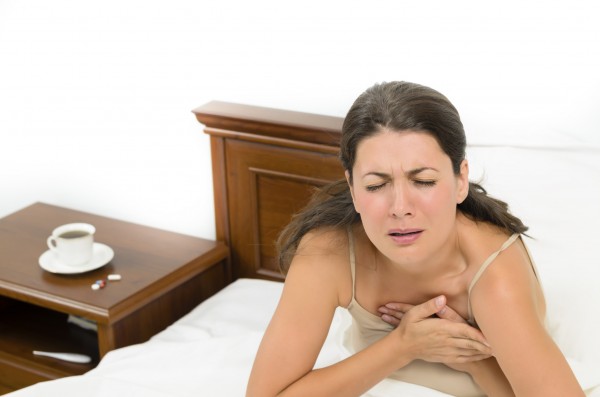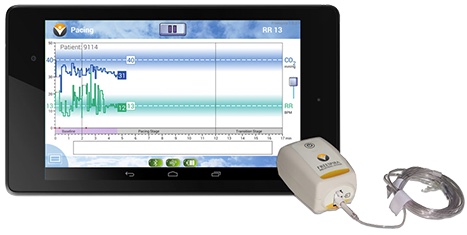Just about everyone knows what it feels like to panic. It's the body's natural fight-or-flight response that helps you cope with (or get away from) a stressful situation. You might feel your heart race or have difficulty breathing, dizziness, sweating or other symptoms — all of which can be traced back to your hypothalamus.
For most of us, panic comes on in situations where and when it makes sense — when you lose sight of your toddler on a busy playground or narrowly avoid a car crash, for example. But for people with panic disorder, the intense physical symptoms arise regularly with no discernible trigger — an attack can even start while they're asleep.
Panic disorder affects about six million American adults and twice as many women as men. It can run in families, but it's unclear why some people have it and others don't. The symptoms are intense and can include:

“What we often hear from people [having panic attacks] is, 'I really thought I was going to die,” says Dr. Anthony Mannarino, vice chair of the Department of Psychiatry at Allegheny Health Network's Allegheny General Hospital in Pittsburgh. “People who are having panic symptoms may go to the emergency room because they think they're having some kind of cardiac-related event. They go get checked out, but with panic disorder, of course, you’re not going to find any underlying medical problem, but it does feel to the patient like something physical and serious is occurring.”
Patients are often diagnosed with panic disorder only after other conditions are ruled out, and it can take time to work through the other possible causes.
Whether it was in person, on TV or in a movie, you've probably seen someone tell a panicking person to breathe into a paper bag. There's some truth behind that trope. The process of rebreathing can control hyperventilation (a main symptom of panic disorder) and — as it turns out — help people gain control over their panic symptoms.
“One of the things that we've learned about people who have panic symptoms is that they seem to breathe differently,” Dr. Mannarino says. “When someone is hyperventilating, breathing quickly and exhaling quickly, they release a lot of carbon dioxide; a higher amount than what's typical or normal. That contributes to the hyperventilation. That's why you ask someone who's hyperventilating to breathe into a paper bag, so they can recover some of that carbon dioxide.”

The Freespira Breathing System
People with panic disorder breathe differently all the time, not only when they're having an attack. The Freespira Breathing System retrains them to breathe more deeply and at a slower rate, using a nasal cannula connected to a machine instead of the iconic paper bag. The system tracks the way patients are breathing and the amount of carbon dioxide they exhale and then uses audio and visual instructions to train them to breathe more deeply and at a slower pace.
“They're breathing at the sound of a beep that comes from the machine,” explains Dr. Mannarino. “Over time, the beeping helps patients practice regulating their breathing, slowing it down and controlling the amount of carbon dioxide that's exhaled.”
After they're trained by a certified health care provider to use the Freespira System, patients take it home and use it for two 17-minute sessions each day for four weeks.
“Once they stop the training, when they begin to have a panic symptom, they almost automatically start to breathe more slowly,” says Dr. Mannarino. “They say they can imagine hearing those beeps, even though they're not hearing them, and it's a reminder to slow everything down. When they slow down their breathing, those panic symptoms dissipate a lot more quickly.”
If you think it sounds too good to be true, you're in good company. Dr. Mannarino had his own doubts — at least until he saw the system work for patients seen in his department.
“Originally, I was a bit skeptical,” he admits, “that something so straightforward could be that effective for this kind of problem. But in the preliminary data we're getting from our patients who’ve been trained with Freespira, the results have been consistent with the data that's been generated historically about the device. It's been very effective with our patients as well.”
Several studies have shown Freespira to be an effective treatment for panic symptoms, including pilot program research through the Highmark Health VITAL program. In one study, 80 percent of participants were panic attack free and 93 percent reported overall panic symptom reduction in the 12 months after their treatment. Additionally, medical costs were 50 percent lower and ER costs dropped 64 percent.
“It makes sense,” says Dr. Mannarino. “Once they no longer have panic symptoms, they're not going to be rushing to the emergency room to get checked out.”
Dr. Mannarino adds that he hopes these promising results will encourage insurers to start covering the treatment for their health plan members.